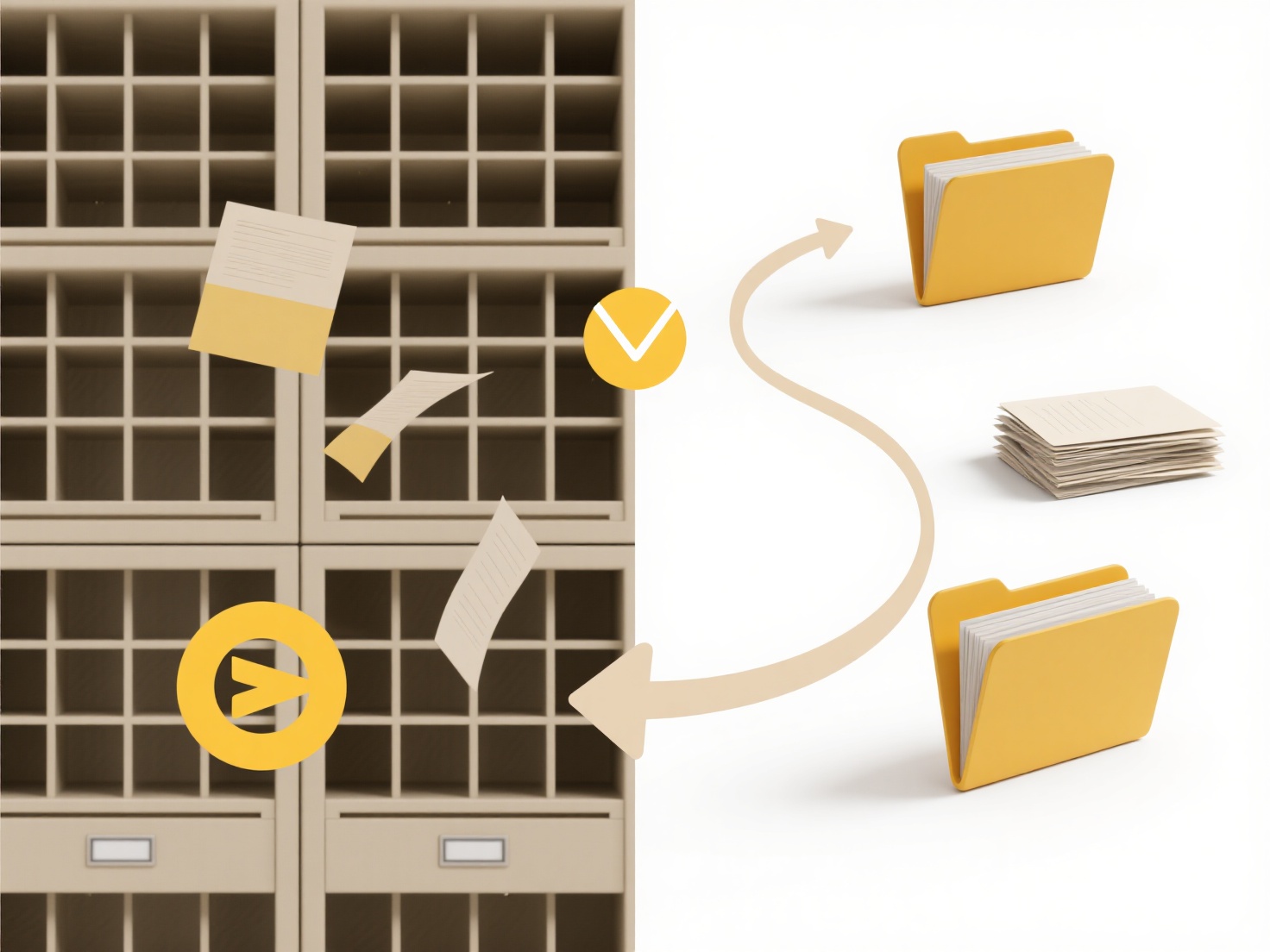
Enforcing naming conventions at scale involves establishing clear rules for naming resources (like files, variables, servers, or database tables) and systematically applying these rules consistently across a large environment. It moves beyond manual enforcement by leveraging automation tools and processes to validate names during creation or modification, ensuring widespread adherence without individual policing. This contrasts with localized manual checking, which becomes inefficient and error-prone as the number of resources and users grows.
Practical implementations include embedding checks within Infrastructure as Code (IaC) tools like Terraform or AWS CloudFormation to reject deployments with non-compliant resource names. Development teams often integrate linters or custom scripts into their Continuous Integration/Continuous Deployment (CI/CD) pipelines or IDEs to automatically flag variables or functions that violate predefined coding standards, preventing non-compliant code from merging.

The primary advantages are vastly improved consistency, discoverability, and operational efficiency at large sizes. However, implementing robust systems requires upfront investment in tooling and can introduce complexity. Potential drawbacks include occasional false positives blocking legitimate work and the need for clear communication and documentation of the rules. Careful design ensures the conventions enhance clarity rather than becoming arbitrary hurdles, ultimately streamlining collaboration and resource management.
How do I enforce naming conventions at scale?
Enforcing naming conventions at scale involves establishing clear rules for naming resources (like files, variables, servers, or database tables) and systematically applying these rules consistently across a large environment. It moves beyond manual enforcement by leveraging automation tools and processes to validate names during creation or modification, ensuring widespread adherence without individual policing. This contrasts with localized manual checking, which becomes inefficient and error-prone as the number of resources and users grows.
Practical implementations include embedding checks within Infrastructure as Code (IaC) tools like Terraform or AWS CloudFormation to reject deployments with non-compliant resource names. Development teams often integrate linters or custom scripts into their Continuous Integration/Continuous Deployment (CI/CD) pipelines or IDEs to automatically flag variables or functions that violate predefined coding standards, preventing non-compliant code from merging.

The primary advantages are vastly improved consistency, discoverability, and operational efficiency at large sizes. However, implementing robust systems requires upfront investment in tooling and can introduce complexity. Potential drawbacks include occasional false positives blocking legitimate work and the need for clear communication and documentation of the rules. Careful design ensures the conventions enhance clarity rather than becoming arbitrary hurdles, ultimately streamlining collaboration and resource management.
Quick Article Links
Can email forwarding create document duplicates?
Email forwarding shares an existing email and its attachments by sending a copy of the entire original message to new re...
How do permissions work for cloud vs local files?
Permissions control file access differently in cloud versus local environments. Locally, permissions are managed by the ...
What encryption measures, if any, are used during file processing?
What encryption measures, if any, are used during file processing? Wisfile does not use traditional encryption during ...